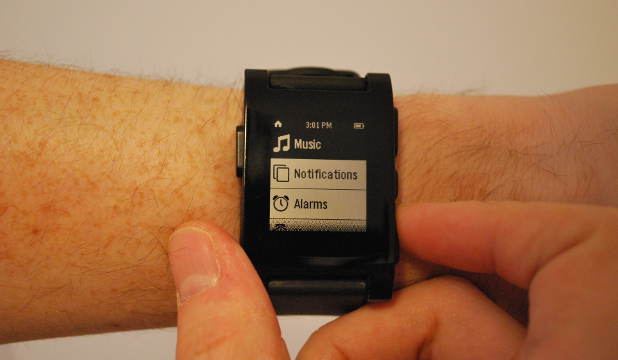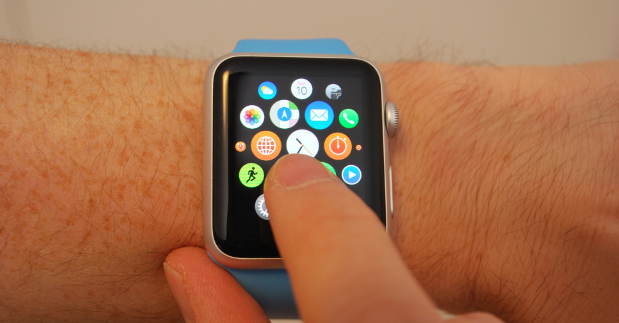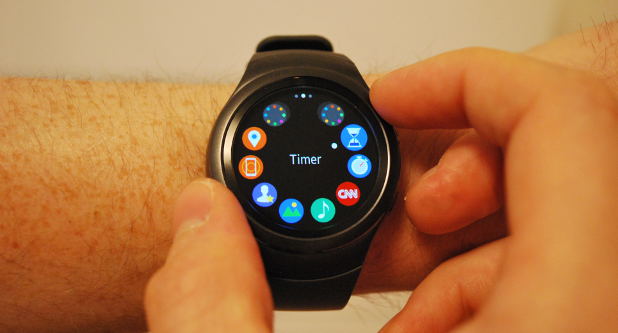This is the third post of my smartwatch app testing series and in this post I will write about Pebble OS. In the previous posts I wrote about Tizen OS and watch OS. I think we all know the Pebble watches from their success on the Kickstarter campaign in 2012. In this campaign the company Pebble Technology Corporation raised more than $10 million dollar which was the best Kickstarter project at that time. With the raised money the company was able to produce the first Pebble watch. Since then, Pebble launched different versions of their smartwatches and the concept is different compared to Tizen, watch OS or Android Wear. Pebble’s characteristic is the low power e-ink display with either 2 or 64 colors. Right after the start of the first Pebble and the Pebble OS, this platform has become more and more attractive in the smartwatch business and therefore it is important to know the platform details in order to develop or to test for this system.
As a first starting point I recommend to take a look at the Pebble developer page, where all required information like the development SDK, tutorials, developer guide and the SDK documentation is listed. Also worth looking at are the mobile app SDKs for Android and iOS. Pebble watch apps or watch faces can either be written in C, Java or JavaScript.






